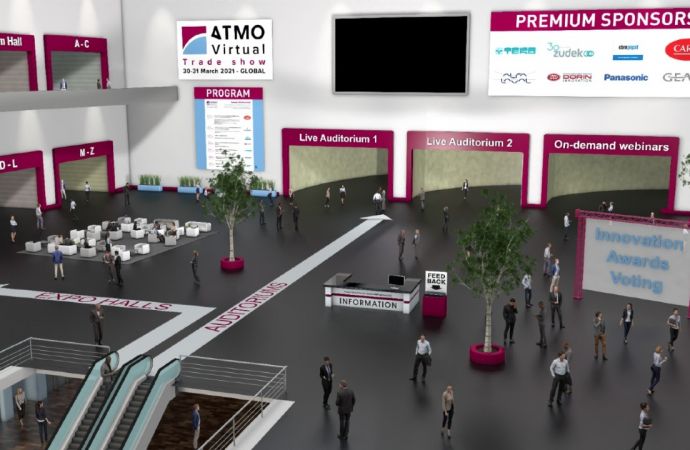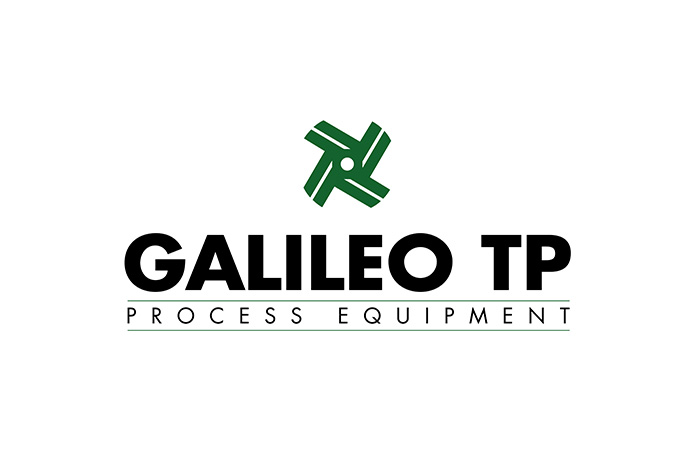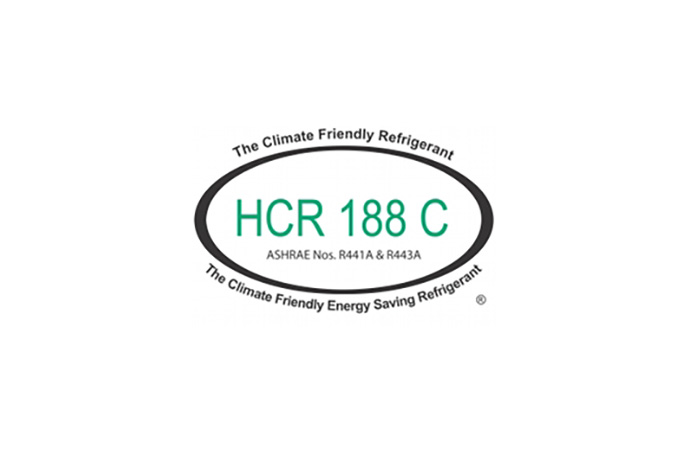The AHR Expo confirmed hydrocarbons are gaining traction in North America as a number of exhibitors showed off their hydrocarbons-compatible wares. +VIDEO

Ever since the U.S. Environmental Protection Agency (EPA) added three hydrocarbons -- propane, isobutane, and R441A -- as acceptable alternatives in household and small commercial refrigerators and freezers through its Significant New Alternatives Policy (SNAP) program in late 2011, interest in hydrocarbons has been growing in the U.S. That was evident at the 67th AHR Expo in Chicago last week as a slew of component suppliers exhibited wares supporting hydrocarbon applications.
Making changes to hydrocarbon chargers
Galileo TP introduced a new gas charger at the AHR Expo that handles hydrocarbons as well as synthetics. It includes changes in the electronic screen and incorporates the company’s GEDA data management system, which provides data backup, remote programming and data analysis.
“We continue to see growth in the [use of] hydrocarbons in North America,” said Craig Roy, North American manager and sales manager for Galileo TP. “We’re improving our product line in 2015 and 2016 to meet the market demand.”
Galileo has installed 600 hydrocarbon charging systems over the past two decades. In the U.S., hydrocarbon units represent “a large percentage of our business over the past 24 months,” said Roy. “We see it becoming the lion’s share of what we do here in the years ahead.”
At the Comstar booth, CEO Steven Mella said the company’s R441A and R443A hydrocarbon blends are “not in the U.S. yet” but he is working on bringing them in via OEMs that are incorporating the refrigerants in Japan, China and India.
In Japan, for example, R443A, a blend of propylene, propane and isobutane, is being used as an alternative to R22 for small commercial split air-conditioning systems.
R441A, which consists of ethane, propane, isobutene and n-butane, has EPA SNAP approval for use in residential refrigerators and stand-alone freezers and vending machines. R443A’s SNAP approval is pending.
R441A and R443A can be used in significantly reduced charge amounts compared to synthetics and offer higher energy savings, according to Comstar. They also have a lower risk of flammability.
Detecting leaks, from Chillventa to AHR Expo
Following its appearance at the European HVAC&R trade show Chillventa in Germany last year, Bacharach showcased its economical combustible- gas leak detectors Leakator Jr. and Leakator 10 at the AHR Expo.
The Leakator Jr. can detect a wide range of gases, including the natural hydrocarbons isobutane and propane, in commercial, residential and industrial applications. It comes equipped with a 12-inch probe and registers combustible gas leaks by a variable frequency visual LED and a loud audible tick that increases as the sensor approaches a leak.
The Leakator 10 detects propane and several other combustible gases, using a 20-inch probe and visual and audible indicators.
Israel-based Lordan, which has offices in the US, Europe and Australia, markets custom-made industrial-cooling heat exchange applications. At the AHR Expo, Lordan showcased its R290 heat exchanger coils that use MicroGroove copper tubes. The company regards hydrocarbons as the most promising, environmentally sound and efficient natural refrigerant when taking into consideration the lifecycle cost of an entire system.
Lordan’s heat exchanger coils are used in airports, shopping malls, high-rise residential complexes as well as cooling towers and large electrical motors and generators.
MORE INFORMATION
Related stories







